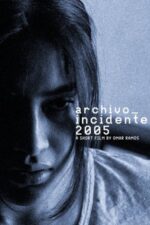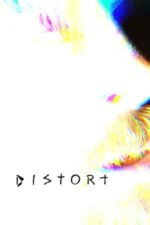The Static Speaks: Diving into the World of Analog Horror
Okay, so you’ve probably stumbled across it – that unsettling feeling when a YouTube recommendation pulls you down a rabbit hole of grainy VHS tapes, distorted public service announcements, and uncanny valley animation. That's analog horror, and it's become the thing for internet-savvy horror fans in recent years. But it's more than just nostalgia bait; it’s a fascinating subgenre with surprisingly deep roots.
What exactly is analog horror? At its core, it mimics the aesthetic of old media – think VHS tapes, Betamax recordings, early computer graphics – to create a sense of unease and dread. It often presents itself as “found footage” or repurposed content, blurring the lines between reality and fiction in a way that’s genuinely unsettling. It's not about jump scares (though those can certainly be present); it’s about building atmosphere through technical limitations and exploiting our inherent distrust of what we see on screen.
Think back to early internet culture – the weirdness of Geocities, the charm of pixelated GIFs. Analog horror taps into that same feeling of something slightly off, amplified by a creeping sense of menace. It’s like finding a forgotten broadcast signal from a place you shouldn't be looking.
The films listed really highlight different facets of this aesthetic and thematic exploration. "Pistanthrophobia," for example, uses visual distortion to mirror the protagonist’s psychological breakdown – that feeling of something being wrong with her perception is key. "What the Cat Dragged" plays with identity and reality in a way that feels inherently unstable, like a corrupted data file. And then you have "Gap Year," which brilliantly weaponizes nostalgia by twisting a familiar sitcom into something deeply disturbing. It’s a clever commentary on how even our most comforting memories can be manipulated.
I remember the first time I really got hooked – it was watching “Archivo_Incidente2005.” The way it presented itself as an ordinary television broadcast, then slowly devolved into something sinister…it just worked. The feeling of vulnerability, of being passively exposed to something you shouldn’t be seeing, is incredibly potent.
"Distort" and "In the Shadows" further exemplify this by using audio-visual glitches to create a sense of paranoia and dread. The idea that technology – once seen as a tool for connection and entertainment – can become an instrument of terror is a recurring motif.
Analog horror isn't just about recreating old formats; it’s about understanding why those formats felt unsettling in the first place. It’s a genre born from the internet age, reflecting our anxieties about technology, misinformation, and the fragility of reality itself. It’s not for everyone – if you prefer your horror loud and visceral, this might feel too subtle. But if you're looking for something that will genuinely creep under your skin and leave you questioning what you just watched, I highly recommend diving in. Just…be careful what you search for. You never know what might be waiting on the other side of that static.



























